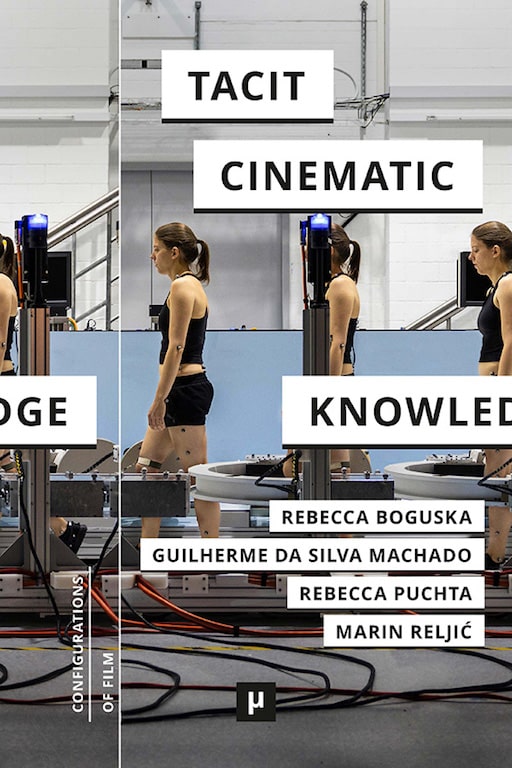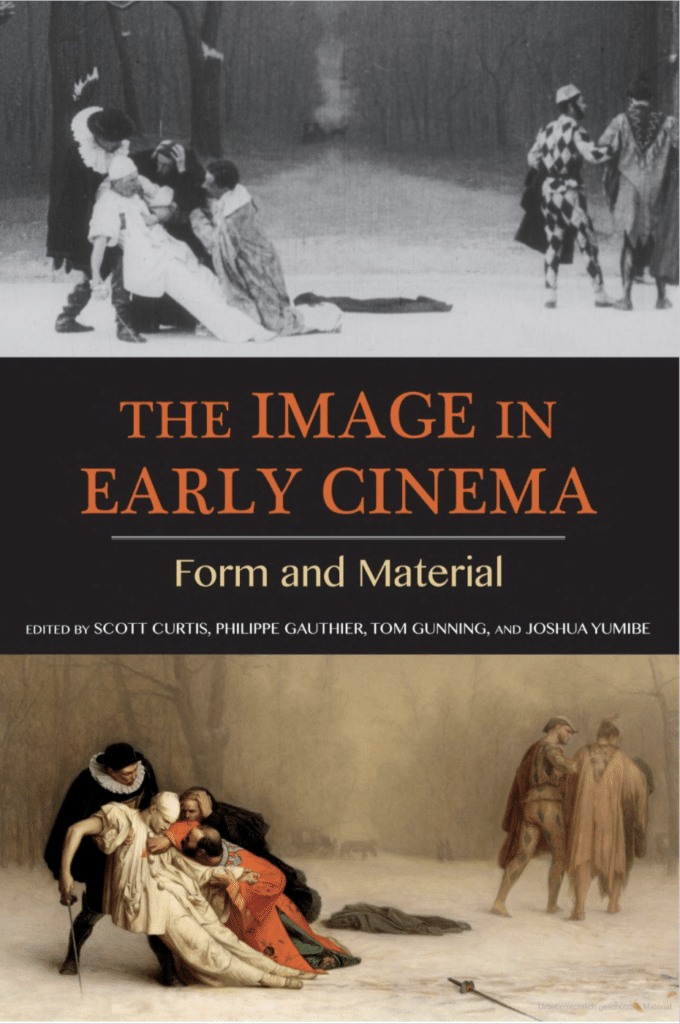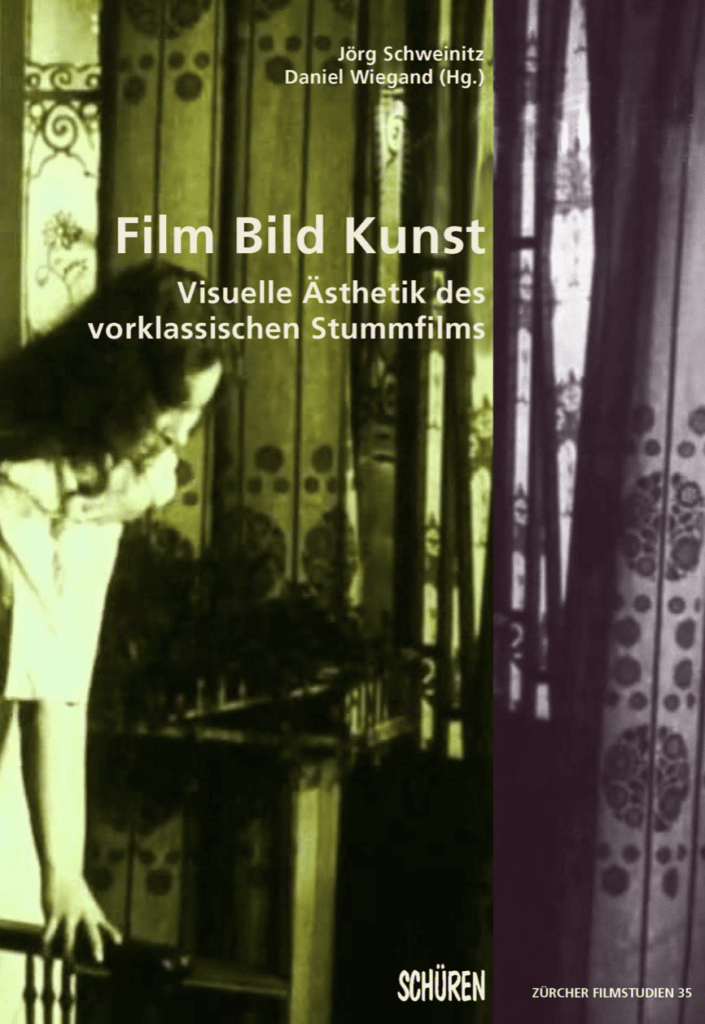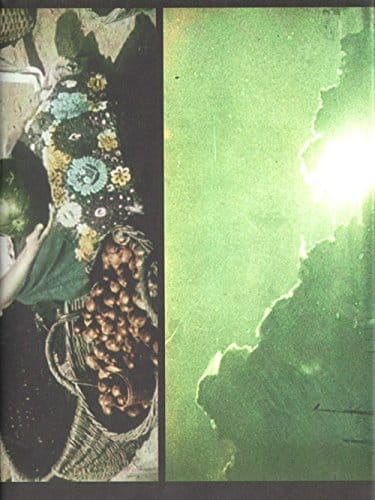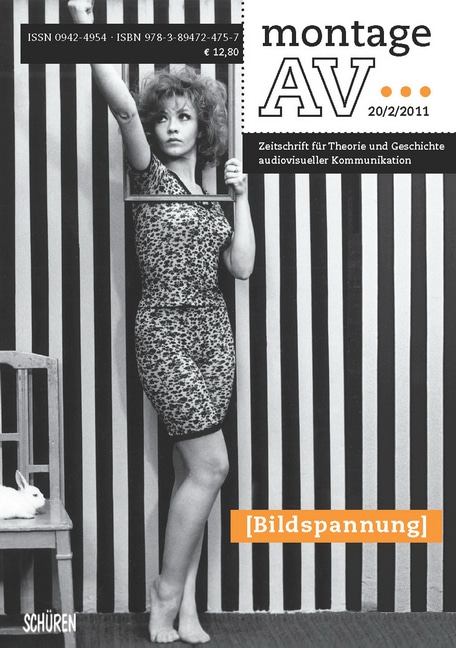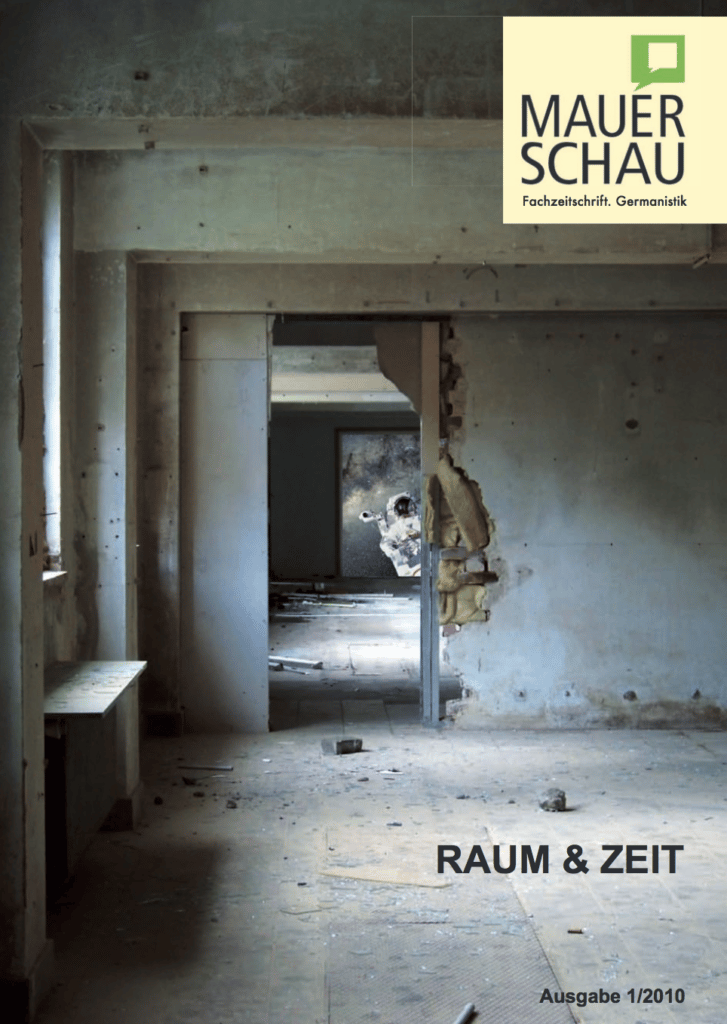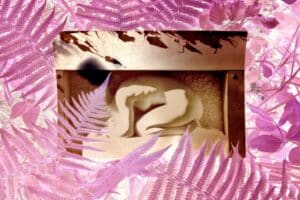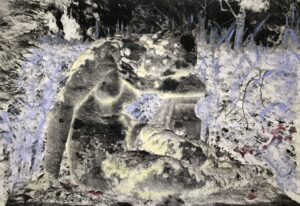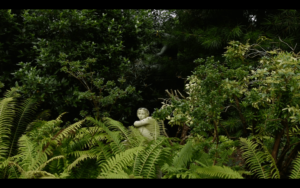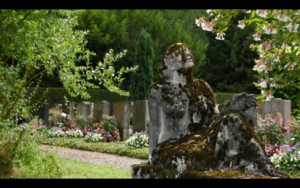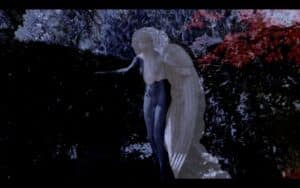Cologne, Germany / 2022
“Color Spectres. Phantom Fabrics in the Painted Films of the Silent Era”, Fabrics in Motion: Mediality and Materiality of Textiles in Early 20th Century Film and Media Culture, Interdisciplinary Symposium, Universität zu Köln, May 31–June 2, 2022.
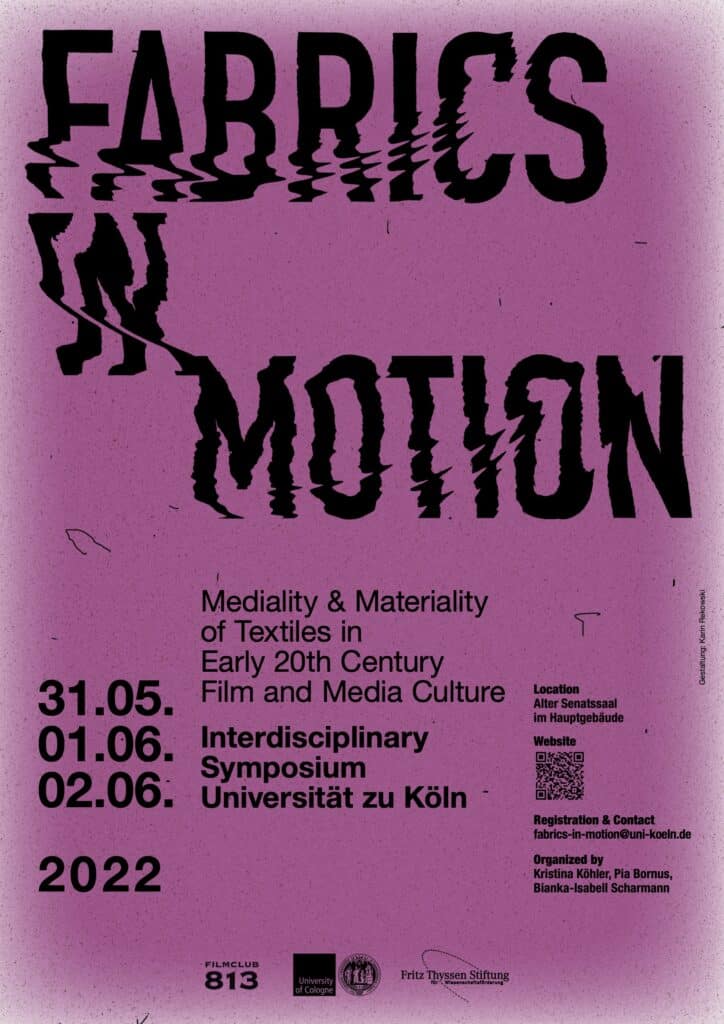
Zurich, Switzerland / 2021
“Vegetal Metamorphoses, the Feminine and the Mediated Nature / “THE SUPERNATURAL MEMORY OF MY FUTURE LIVES“ (2016/2019) “, Images of Nature: International Workshop of the Film Studies Department, Universität Zürich, May 7–8, 2021.
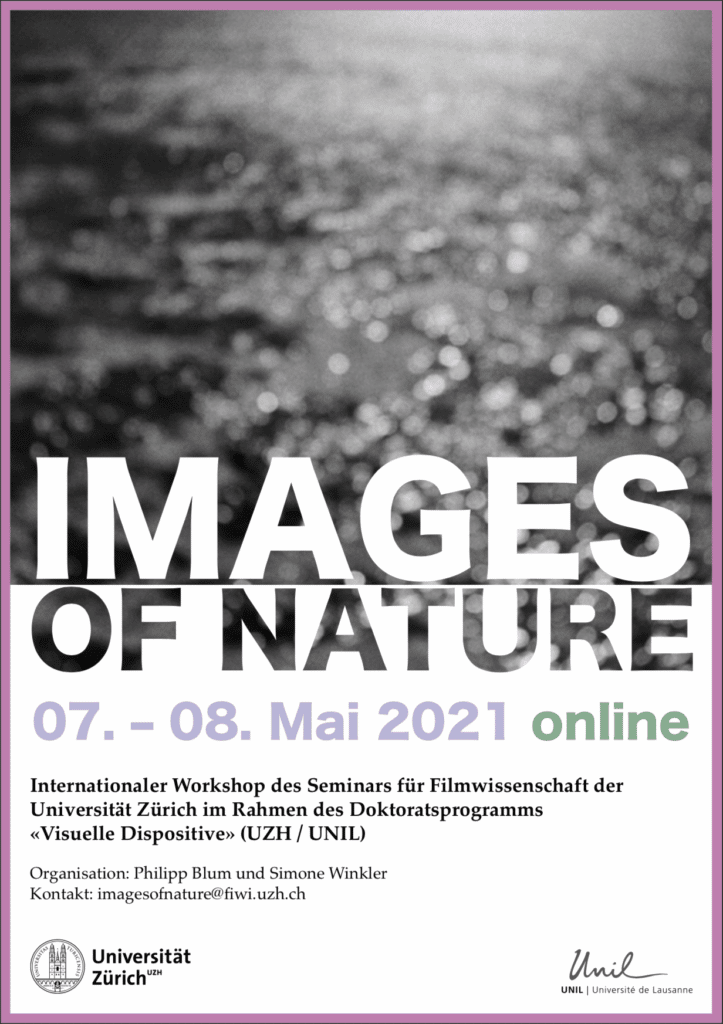
Frankfurt, Germany / 2020
“Visualizing the Cosmos – Tacit Cinematic Knowledge in Astronomy“, The International Conference: Histories of Tacit Cinematic Knowledge, Goethe–Universität Frankfurt, September 24–26, 2020.
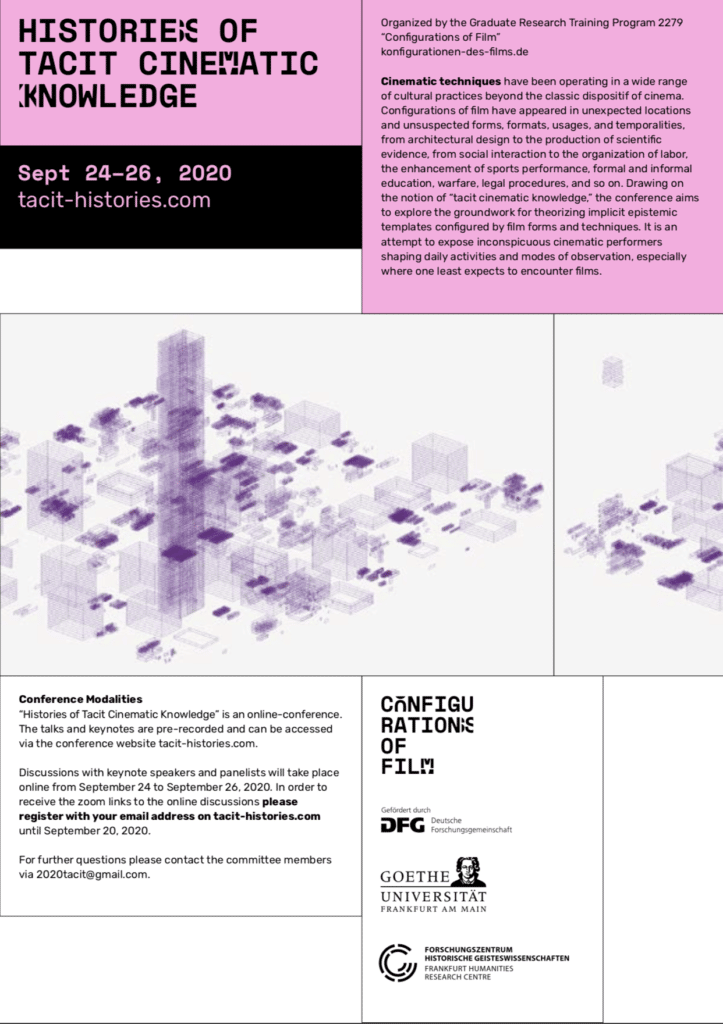
Zurich, Switzerland / 2019
“Time Scales: Imaging the Cosmos“, Filmic Temporalities: Formats, Spaces, and Media, Universität Zürich, September 12–14, 2019.
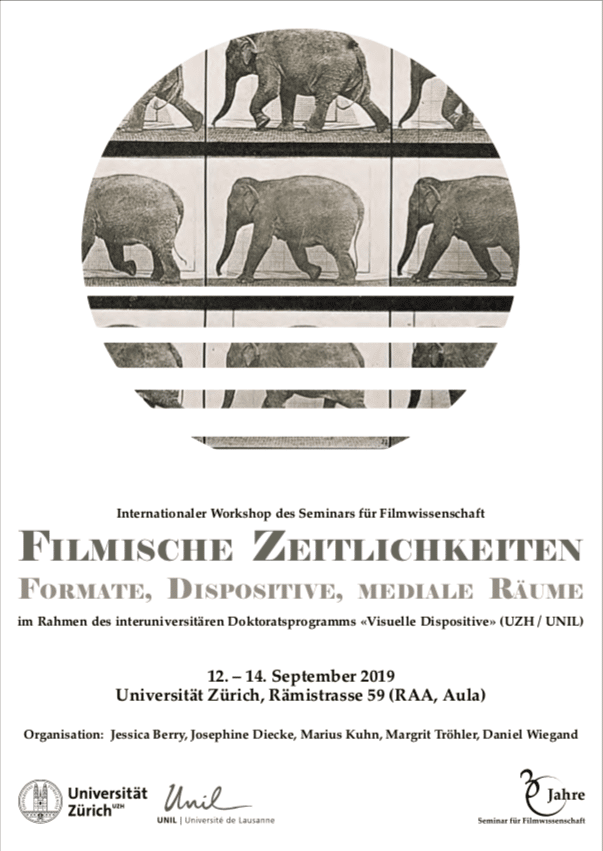
Seattle, USA / 2019
“Layering the Film Surface: The Aesthetics, Ontology and Ideology of the Colored Image in Silent Cinema“, Society for Cinema and Media Studies Annual Conference, Sheraton Grand Seattle, March 13–17, 2019.
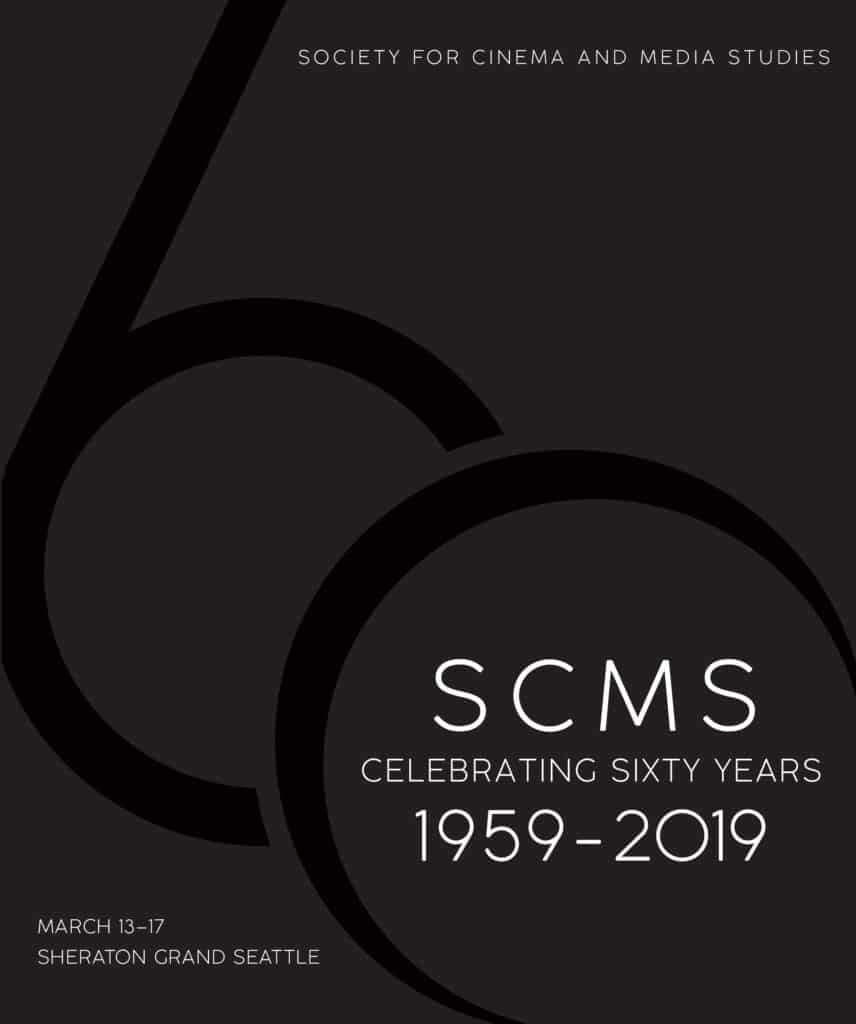
Zurich, Switzerland / 2018
Introduction speech at the international conference “Playing with Affinities: Film and the Arts in the Early 20th Century“, (together with Selina Hangartner and Kristina Köhler), Universität Zürich, June 7–9, 2018.
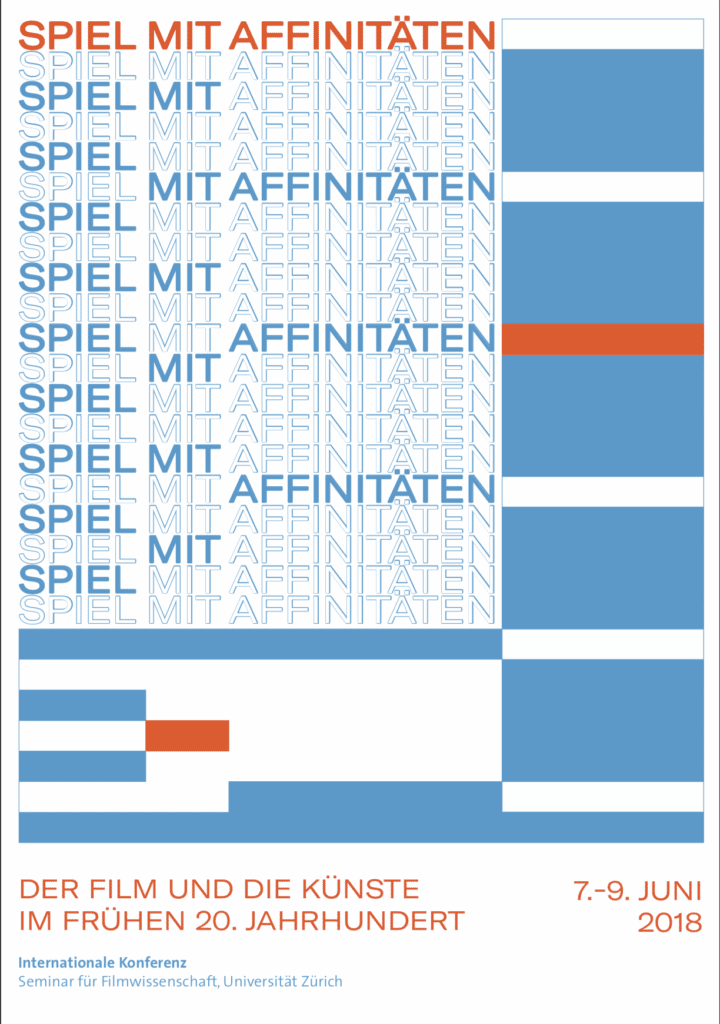
New York, USA / 2018
“Changing Hues: Color as Aesthetic and Economic Strategy at the Beginning of the Twentieth Century“, The Love That Speaks Its Name: Advertising Film Workshop, New York University, Tisch School of the Arts, April 11, 2018.
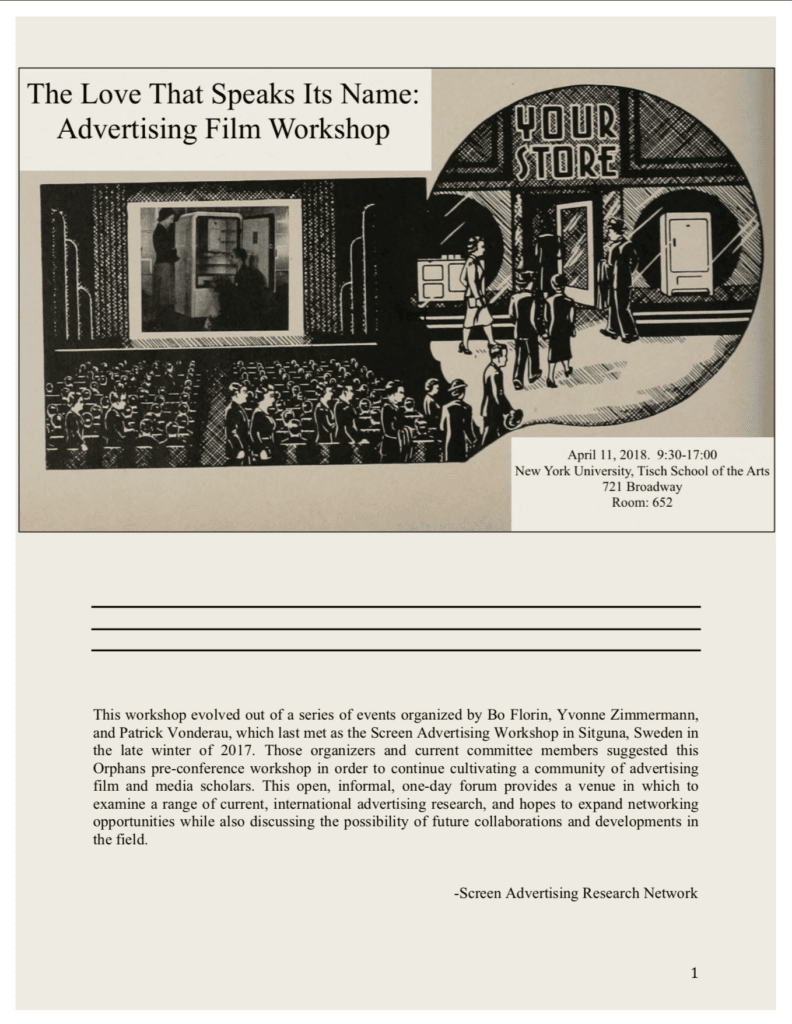
Amsterdam, Netherlands / 2015
“Aesthetics and Techniques of Stencil Coloring and the Handschiegl Process“, The Colour Fantastic. Chromatic Worlds of Silent Cinema, EYE film museum Amsterdam, March 28–31, 2015.
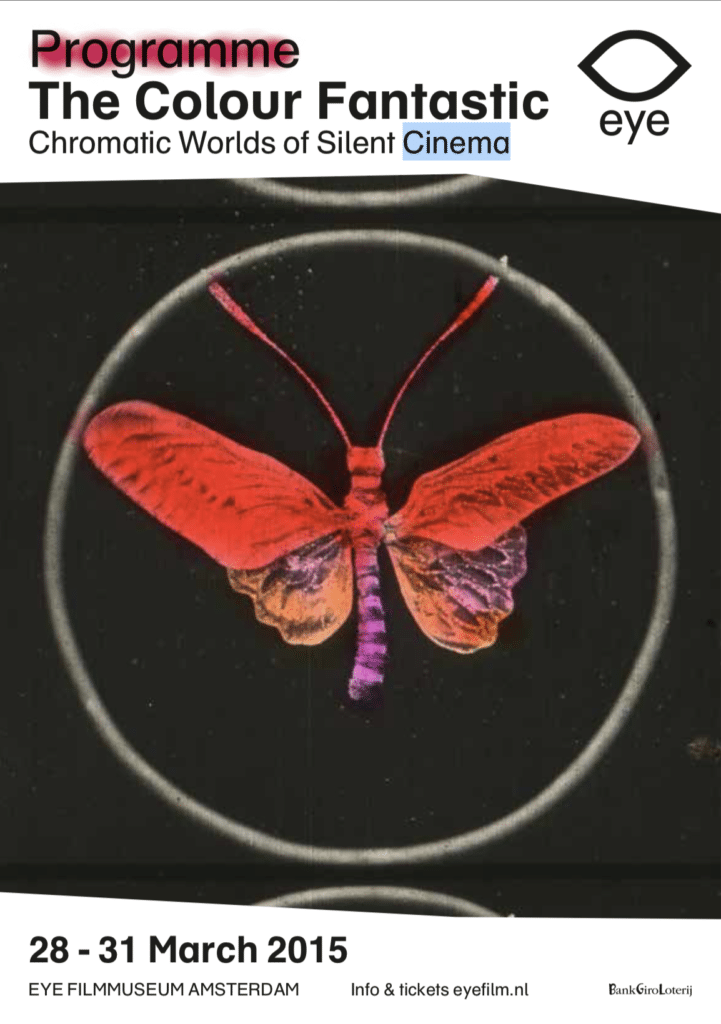
Chicago, USA / 2014
“Materiality and Aesthetics of Stencil Colors in Early Films and Applied Arts“, The Image in Early Cinema: Form and Material, 13th International Domitor Conference Chicago/Evanston, Illinois, USA, June 21–25, 2014.
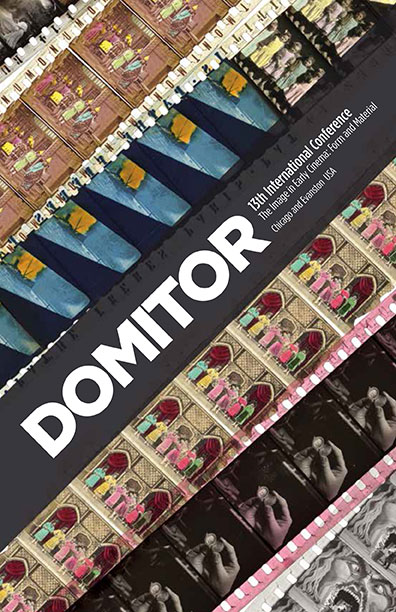
Lausanne, Switzerland / 2012
“Techniques and Aesthetics of Applied Silent Film Color within the Historical Context ca. 1900“, Methods, Machines, Dispositives: Perspectives for a New Technological History of Cinema, International Colloquium, Université de Lausanne, Switzerland, November 22–24, 2012.
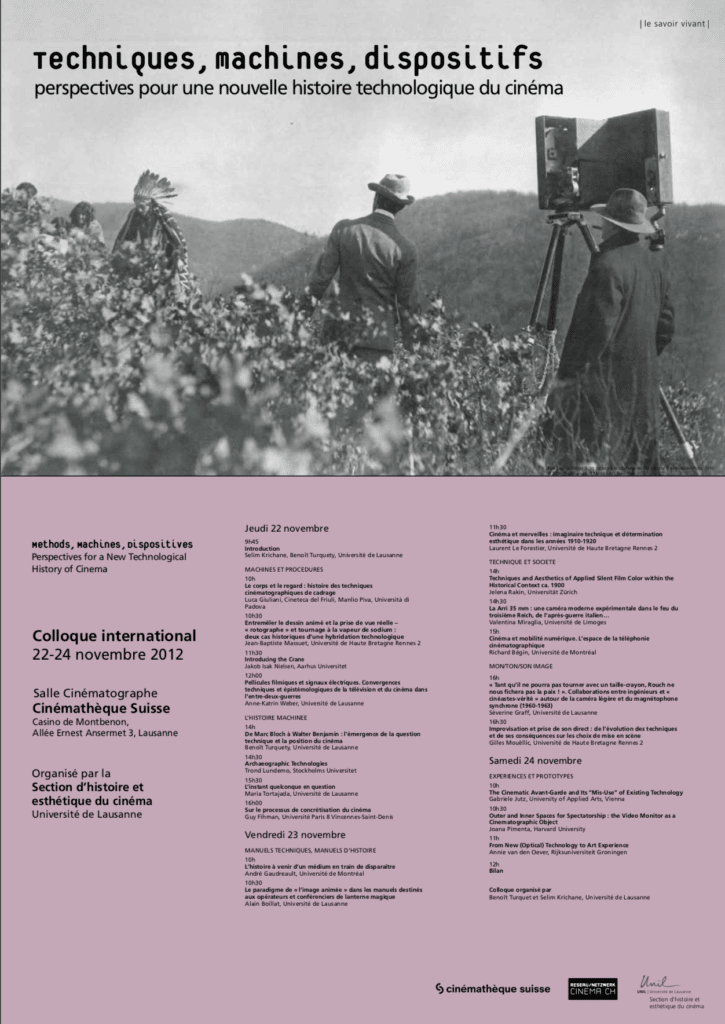
Canterbury, United Kingdom / 2012
“Autonomous Presence: Materiality and Aesthetics of the Silent Film Colors“, Material Meanings, Third bi-annual conference of the European Network for Avant-Garde and Modernism Studies, University of Kent, Canterbury, United Kingdom, September 7–9, 2012.
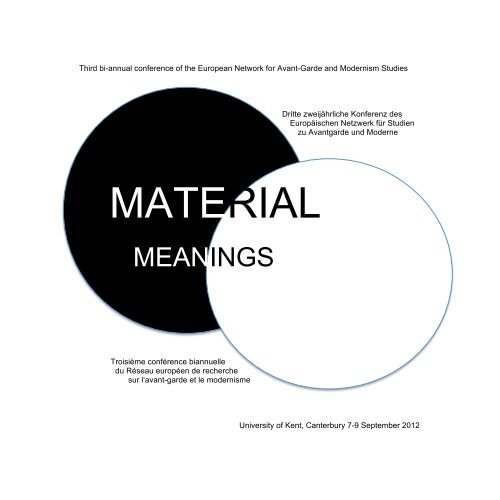
Utrecht, Netherlands / 2011
“Colour Movement and Materiality. Film, Painting and Visual Culture around 1900“, Early Cinema Colloquium, Universiteit Utrecht, Netherlands, May 12–14, 2011
